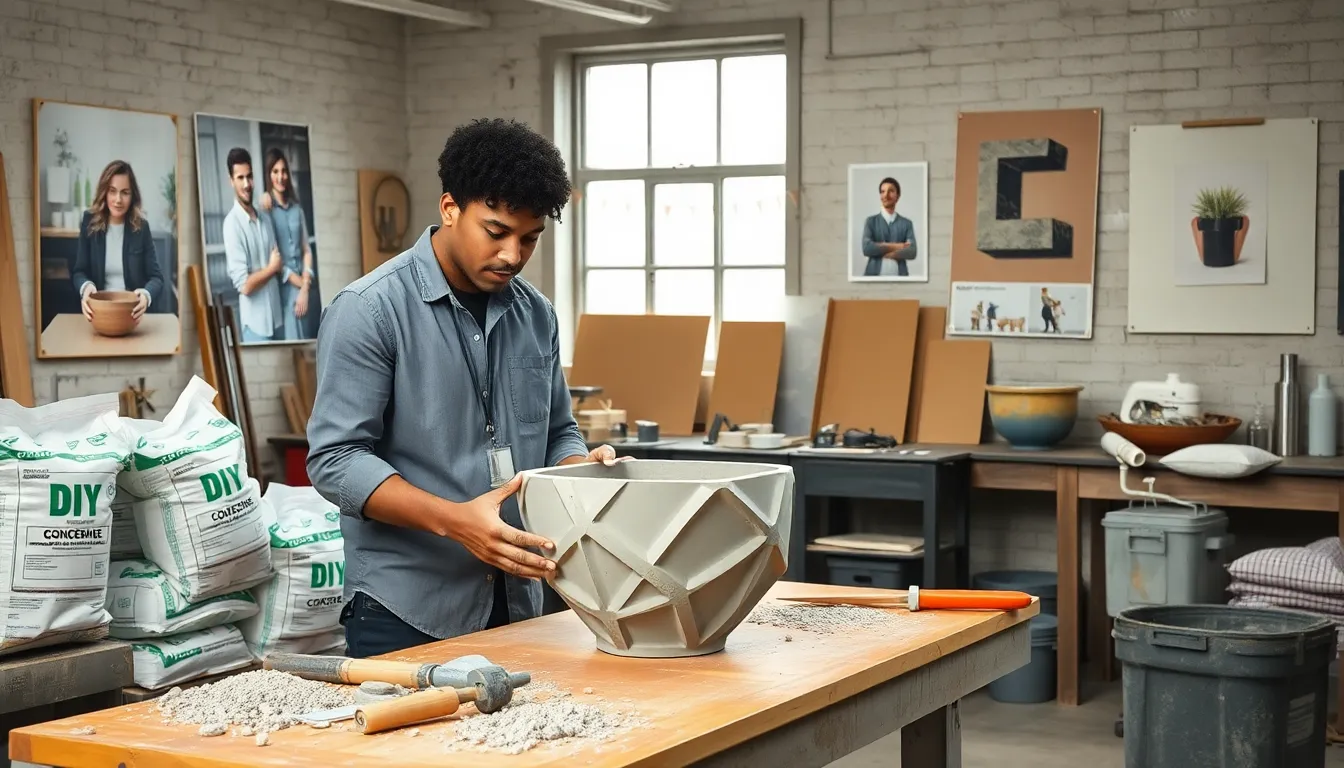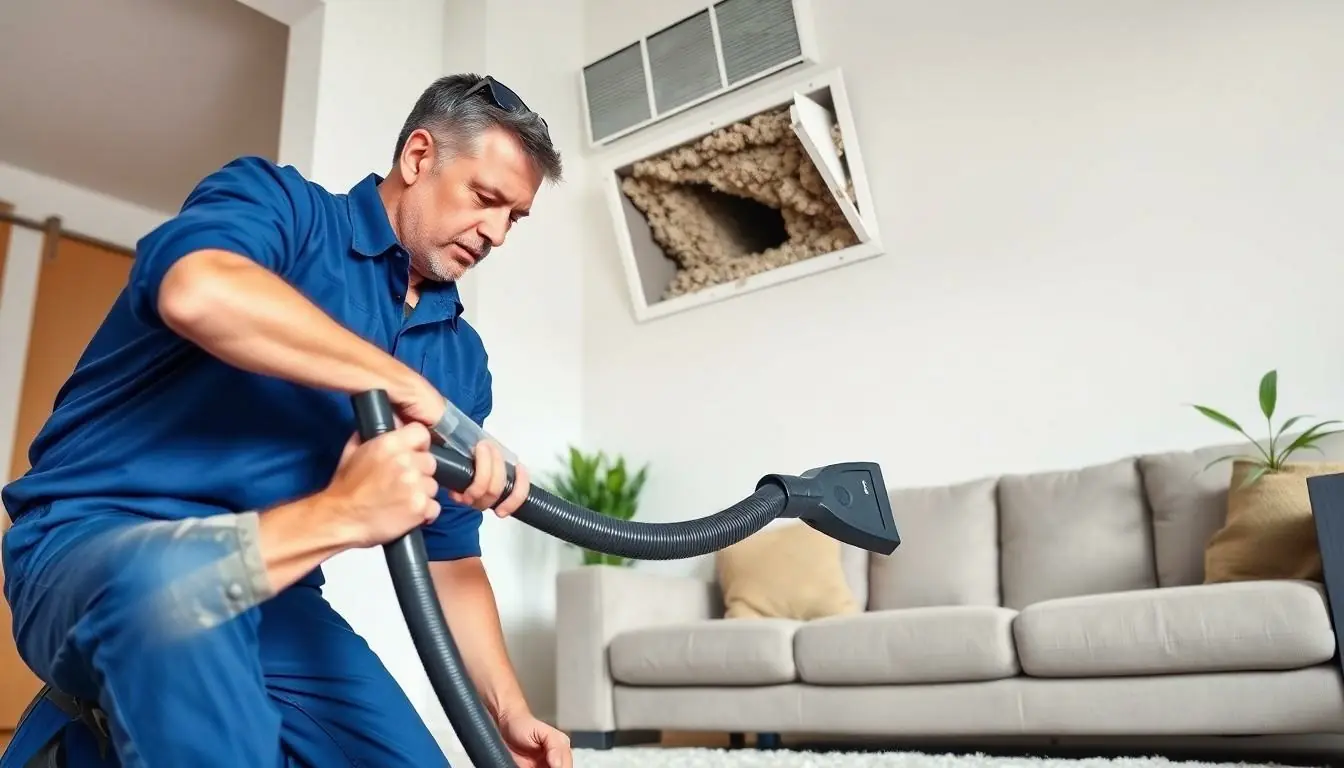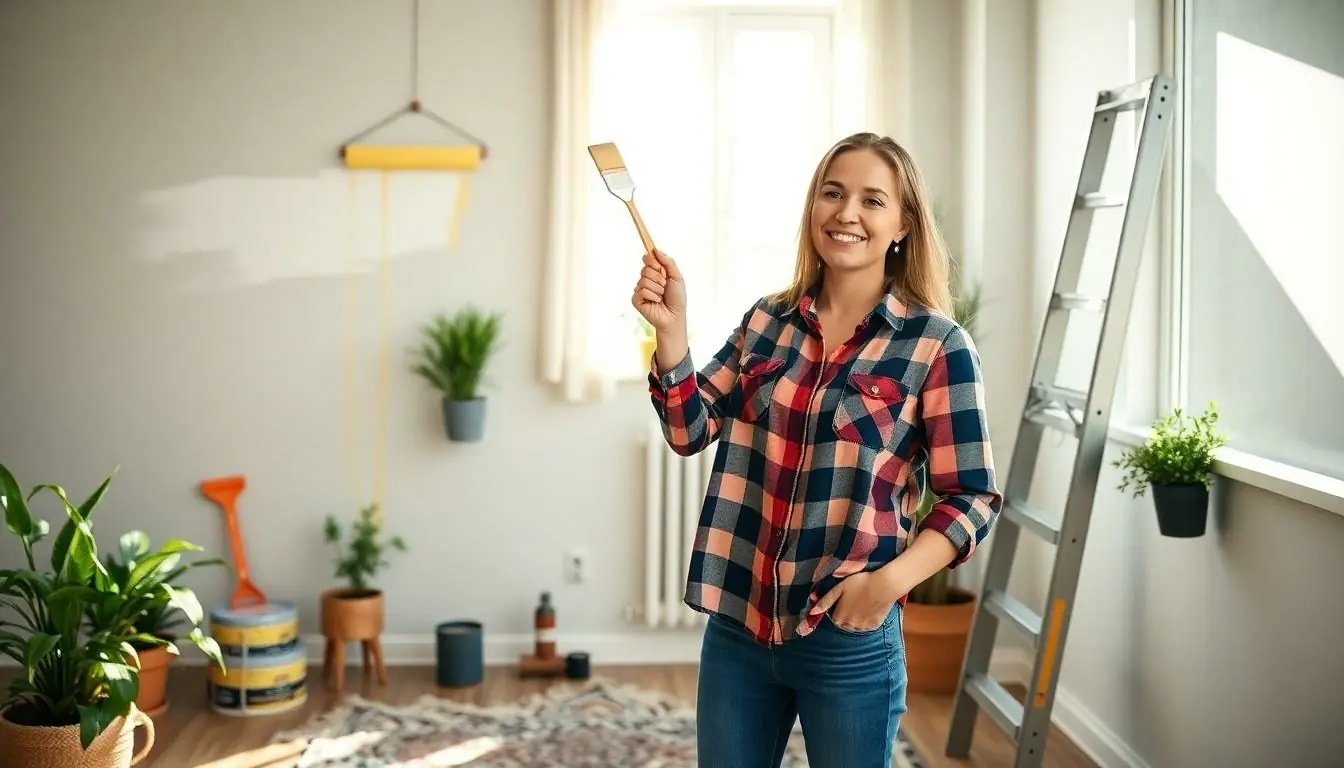Are you tired of staring at bland spaces that lack personality? Enter concrete DIY projects. Not only can these projects add a unique touch to your home, but they can also be a source of pride and creativity. Picture this: you, a little bit of elbow grease, and some concrete mix transforming that drab corner into an artistic oasis. Sounds like fun, right? Let’s jump into why concrete DIY projects are more than just a home improvement trend, they’re a gateway to your inner designer.
Table of Contents
ToggleBenefits of Concrete DIY Projects

Concrete DIY projects offer a range of benefits that can truly enhance any living space. Durability is one of the standout features. Unlike wood or plastic, concrete withstands the test of time, making your projects not just aesthetic but also lasting.
Also, concrete is incredibly versatile. From planters to countertops, the possibilities are endless. You can mold it into almost any shape you need, allowing for unique, customized designs that reflect personal style.
Another fantastic reason to jump into concrete DIY projects is the affordability factor. With the right skills and tools, making your decor can save you a significant chunk of change compared to store-bought alternatives. Finally, let’s not overlook the satisfaction of completing a project with your own hands, there’s truly no better feeling than building something from scratch.
Essential Tools and Materials
Before starting any concrete project, it’s crucial to gather the right tools and materials. For beginners, the essentials include:
- Mixing Tools: A wheelbarrow or a mixing tub, along with a shovel or hoe, will do wonders while mixing your concrete.
- Measuring Tools: Accurate measurements are crucial, so having a tape measure or level on hand is non-negotiable.
- Concrete Mix: Depending on the project, choose from premixed bags for simplicity or create your own mix for greater control over the components.
- Mold Material: Silicone molds are preferred for smaller projects, while wood or plastic can work for larger items.
- Finishing Tools: Trowels and floats help to create a smooth surface, while brushes can add texture or patterns.
- Safety Gear: Gloves, goggles, and a dust mask should be high on the priority list to protect oneself during the process.
Top Concrete DIY Projects to Try
Looking for inspiration? Here are some stellar concrete projects that anyone can jump into:
1. Concrete Planters
These stylish planters can elevate any garden or patio space. By using a silicone mold, you can create various sizes and shapes to suit your plants’ needs. Just mix, pour, and watch your greens thrive.
2. DIY Concrete Countertops
Why settle for boring surfaces? A DIY concrete countertop is a fantastic way to introduce a modern aesthetic into your kitchen or bathroom. With customizable colors and finishes, every pour can be a personal statement.
3. Concrete Garden Stepping Stones
Create a unique path through your garden with personalized stepping stones. Use various molds to infuse personality, or press decorative items like leaves or stones for an artistic touch.
4. Concrete Fire Pit
Perfect for chilly evenings, a concrete fire pit not only warms up the backyard but also serves as a stunning gathering spot. Customizable to your liking, this project promises both functionality and style.
5. Concrete Furniture
From coffee tables to benches, concrete furniture is making a comeback. Its industrial look pairs well with many decor styles and offers great durability.
Tips for Successful Concrete Projects
To achieve fantastic results with concrete projects, keep these tips in mind:
- Plan Ahead: Proper planning can save you a world of frustration. Measure twice and mix once.
- Work Quickly: Concrete starts to set quickly, so be prepared to work fast once you pour.
- Smooth the Surface: Use finishing tools to create a polished look. It can elevate the overall appearance significantly.
- Cure Properly: Allow your concrete to cure properly for optimal strength. Keep it moist and covered to prevent cracking.
Common Mistakes to Avoid
Even seasoned DIYers can slip up. Here are a few common pitfalls to watch out for:
- Underestimating Weight: Concrete is heavy. Ensure your support structure can handle the weight.
- Skipping the Safety Gear: It’s easy to forget, but safety should always come first to avoid injuries.
- Incorrect Mixing Ratios: Adhering to the precise mix ratio is essential. Too much water can weaken the structure.
- Not Vibrating the Mix: Air bubbles can weaken the final product, so be sure to vibrate your mix to remove trapped air.







